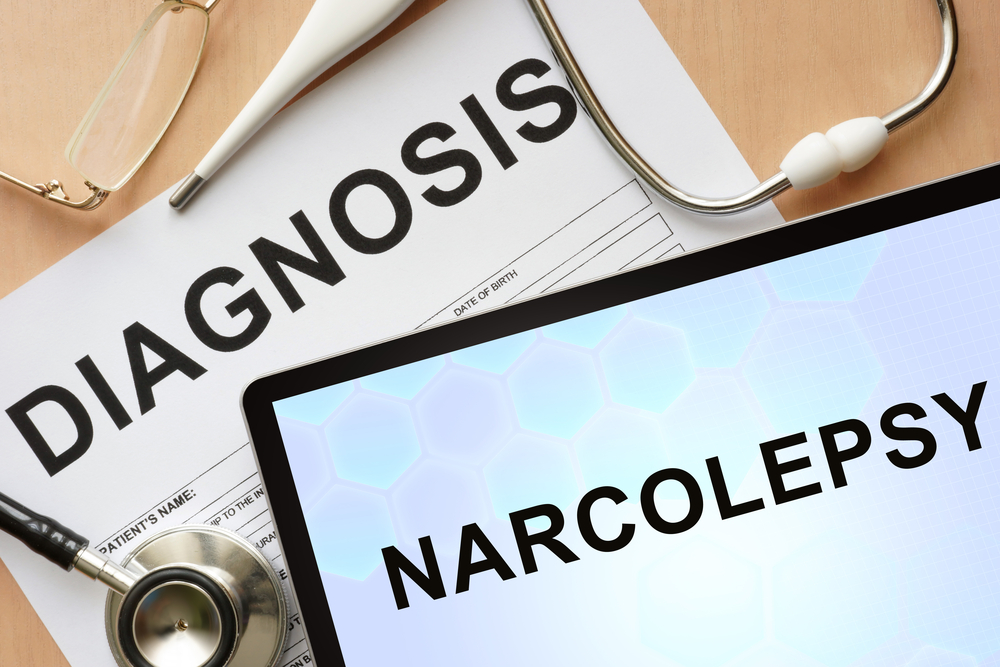 Narcolepsy is the term used for a neurological condition that takes the form of a sleep disorder characterized by excessive drowsiness during the daytime hours and the ability to fall asleep whenever the person is in a relaxed state. It is categorized into type 1 and type 2 narcolepsy, the difference being that type 1 narcoleptics experience something called “cataplexy.” Cataplexy is the sudden loss of muscle tone usually triggered by stress or strong emotion. As you can imagine, it’s a condition that is relatively disruptive to the daily life of someone who suffers from the condition. The following are a few tips for managing symptoms of narcolepsy and limiting the negative effects of the disorder.
Narcolepsy is the term used for a neurological condition that takes the form of a sleep disorder characterized by excessive drowsiness during the daytime hours and the ability to fall asleep whenever the person is in a relaxed state. It is categorized into type 1 and type 2 narcolepsy, the difference being that type 1 narcoleptics experience something called “cataplexy.” Cataplexy is the sudden loss of muscle tone usually triggered by stress or strong emotion. As you can imagine, it’s a condition that is relatively disruptive to the daily life of someone who suffers from the condition. The following are a few tips for managing symptoms of narcolepsy and limiting the negative effects of the disorder.
Stick to a Regular Sleep-Wake Cycle
Making sure you’re getting consistent, good-quality nighttime sleep is one way to combat symptoms of drowsiness during the day. You want to be as consistent as possible, sticking to the same bedtime and the same wake-up time every day will help your body and brain become more accustomed to a schedule. Giving yourself enough consecutive hours of sleep is also important. Six hours of sleep every night might not cut it and could make narcolepsy symptoms worse. If you can give yourself eight hours of sleep on a regular basis, your body can get the rest it needs.
Schedule Daily Naps
No matter how much sleep you might be getting at night, sometimes you just need more sleep in general to fight narcolepsy symptoms. Scheduling a short nap or two during the day is a way to get extra rest and refresh your body and mind. If you have a busy schedule, don’t worry. Sometimes 20 minutes is all you need to feel a little more rested for a few hours.
Exercise
Getting in regular exercise is a good way to tire out your body and mind to set you up for more restful sleep at night. However, exercising too close to bedtime can have the opposite effect. Make sure you’re doing your workout at least 4-5 hours before bed.
Think About Safety
If you have narcolepsy, you’ll want to be mindful of what types of activities may or may not be safe for you to do in certain quantities such as driving or operating heavy machinery. You should make sure you are well rested before embarking on any long trips, and take someone with you to help keep you alert and give you the option of switching drivers if you start to feel drowsy. Your doctor should be able to help you find the right medication to alleviate severe symptoms when absolutely necessary to help you avoid dangerous situations. Avoid driving altogether if you feel too drowsy.
People Live With Narcolepsy
Those that suffer from narcolepsy are living with the condition every day, though it does take some self-awareness, a rigid schedule, and sometimes the right medications. With the right techniques, this neurological condition is manageable, and there is no reason you can’t have a functional and productive life with narcolepsy.



